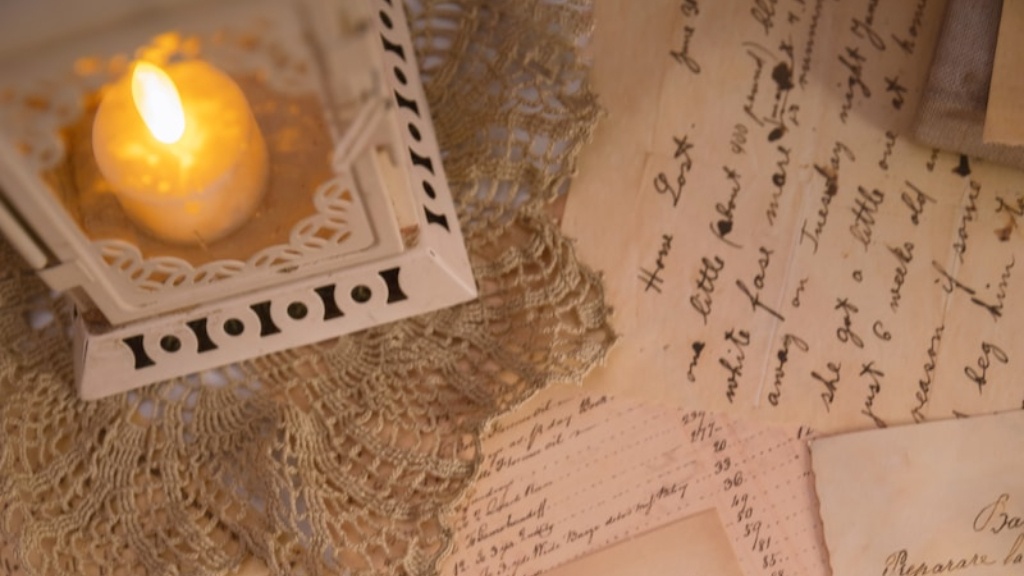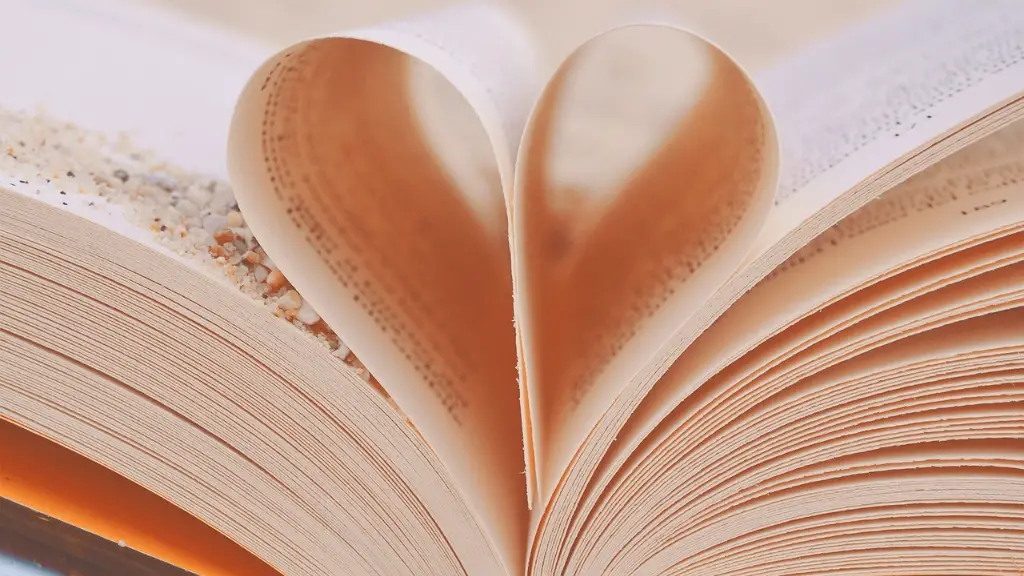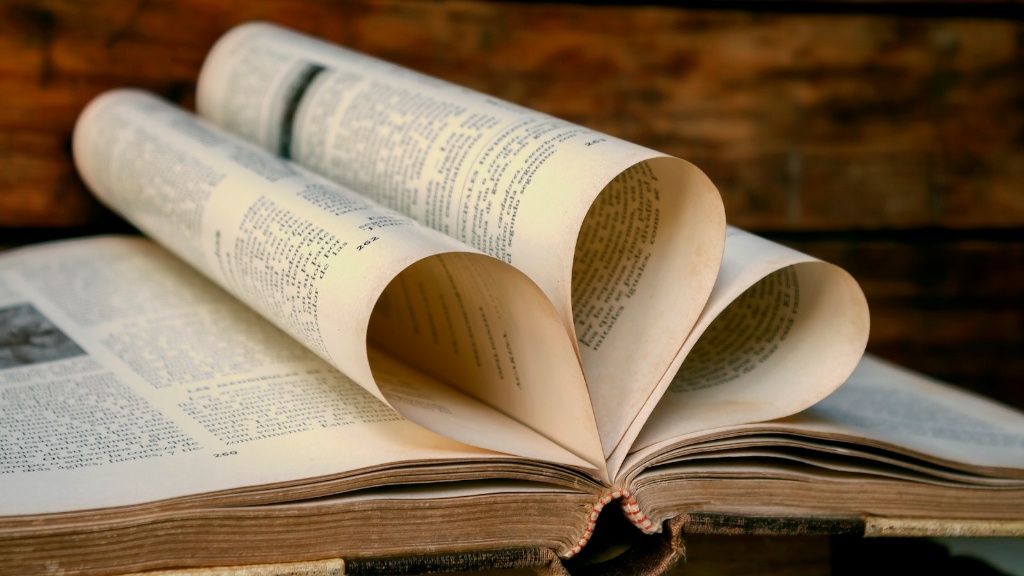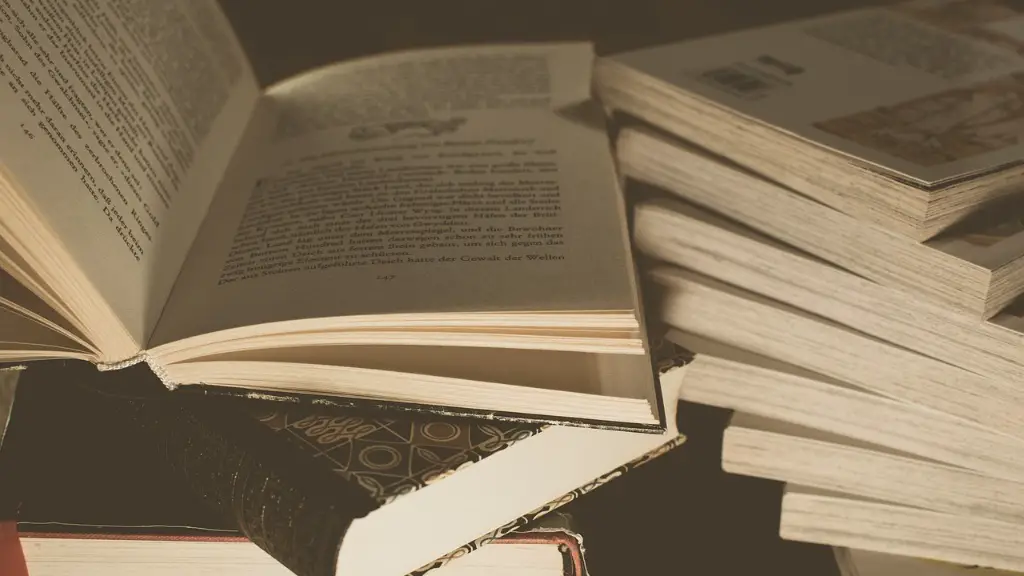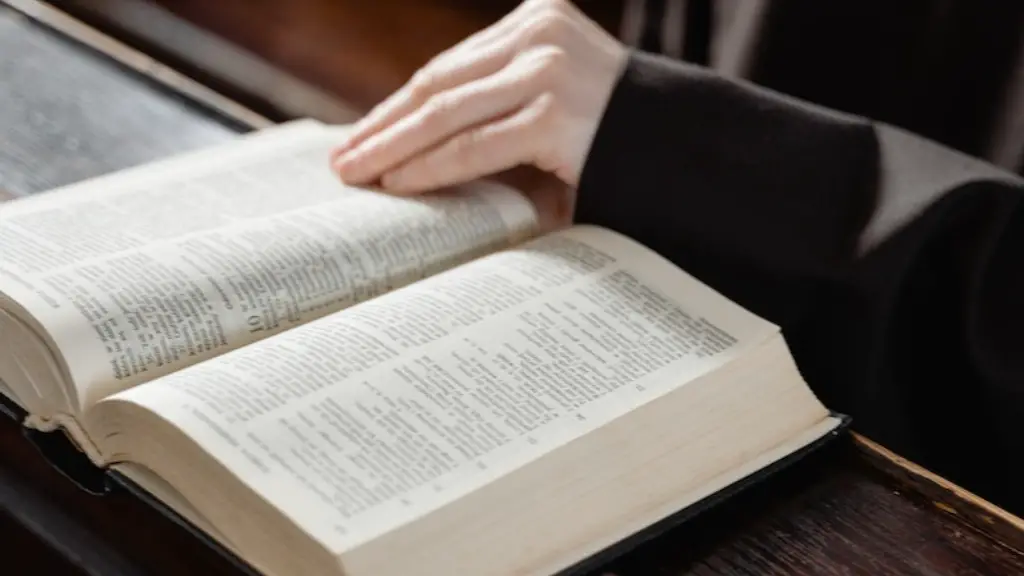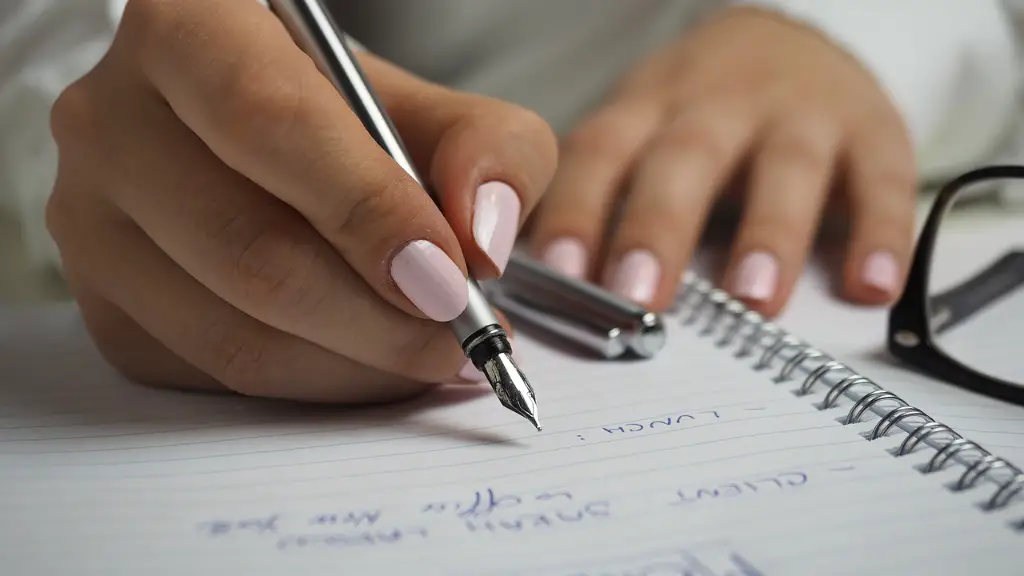A single line of poetry is often a difficult task to take on as it needs to both evoke an emotional response from the reader and add something to the poem as a whole. A single line of poetry can change the way an entire poem is read and interpreted. It’s an important part of any poem, and it’s something that can add a lot of meaning if done correctly.
When it comes to crafting a single line of poetry, there are many different approaches. Some authors prefer to use traditional rhymed or metrical patterns, while others focus on creating unique imagery or expressing a specific emotion. While there is no single right way to write a poem, the best single lines often combine both of these elements in some way.
From a technical perspective, it’s important to consider how the words in the line will interact with each other. Syllables need to be chosen that will give the desired effect, and making sure the beat and meter of the line aligns with the poem as a whole is essential. Alliteration and assonance can also play a part, as well as other literary devices like metaphor and simile.
This may all seem quite daunting, but by focusing on the emotion and metaphor that you’re trying to convey, the process can become much easier. What is the main feeling or idea that you want to convey? How can you use language to get that across? What words or phrases can you use to draw the reader in? Asking yourself these questions can help you craft the perfect single line of poetry.
It’s also worth mentioning that while there are many different techniques to consider when writing a single line of poetry, sometimes the most effective approach is simply to let the words flow naturally and not worry too much about structure and technical aspects. Writing a single line of poetry should above all be an exercise in self-expression – the main point is to convey the emotion and idea that you’re trying to express.
Poetic Devices
Poetic devices can be used to great advantage in a single line of poetry. Alliteration, for example, involves the repetition of the same sound multiple times in a line and can be used to create a pleasing pattern or evoke a particular feeling. Rhyming can also be used, but it’s important to be aware of the limitations of rhyme and make sure it fits with the poem as a whole.
Imagery is another powerful tool for poets, and can help to create a vivid picture for the reader. Descriptive language and figures of speech like similes and metaphors can be used to create a strong mental image, as can personification and other literary devices.
It can also be beneficial to consider the structure of the line and how words relate to each other. A well-structured line with a particular rhythm or meter can be used to create a certain sentiment or feeling, while a poorly-structured line can leave the reader confused or unimpressed.
Finally, the use of punctuation can have a big effect on a single line of poetry. Commas, periods, and other punctuation marks can all be used to give the line more meaning, and can be used to great effect to create pauses, emphasize certain words, or set a particular mood.
Sound and Meaning
When it comes to crafting a single line of poetry, it can be helpful to consider both the sound of the words and the message they convey. The rhythm or meter of the line is often essential, and should be chosen according to the desired effect. At the same time, the words used should be chosen carefully, so that they convey the right meaning and evoke the right emotion.
Different words can also help to create a certain imagery or mood. For example, darker, more sombre words like ‘shroud’ or ‘fated’ can be used to create a much different feeling from lighter, more joyful words like ‘glitter’ or ‘dance’. Choosing the right words for the right feeling is key when creating a single line of poetry.
It’s also important to consider the overall structure of the line. Does the line have a particular beat? Is it structured in a particular way? Are there assonance or alliteration? By considering these aspects, a poet can ensure that the line flows well and the desired effect is achieved.
Conclusion
All in all, crafting a single line of poetry is an art in itself, and there’s no one right way to do it. By focusing on the emotion you’re trying to convey, as well as the structure and sound of the words, poets can create truly memorable lines that capture the reader’s attention and evoke a particular feeling or image.
The Importance of Editing
In poetry, editing is often just as important as the actual process of writing. It’s essential to take time to review and refine the words you’ve chosen for your single line of poetry, rather than leaving it as is. Editing your line can help you refine the sound and meaning, as well as ensuring the line makes sense when read in the context of the entire poem.
It’s good practice to read the line aloud to yourself to make sure the words and rhythms are working together in the desired way. Reading the line aloud can often help to identify mistakes or issues that may not be obvious when the line is read silently. It’s also a good idea to have your line reviewed by someone else, as fresh perspectives might help to identify further edits that could be made.
At the end of the day, writing a single line of poetry is all about exploring language and emotion, and experimenting with different approaches until the right words come together. The process of editing can be equally important, and by taking the time to review and refine the line poets can create truly beautiful and powerful single lines of poetry.
Using Music and Nature
Incorporating music or nature into a single line of poetry can be a great way to add a special touch. Music can be used for a variety of purposes, from highlighting a particular mood to providing a rhythm for the line that differs from the rest of the poem. Incorporating descriptive references to nature, such as plants, animals, or scenery, can also provide a beautiful backdrop to the line and help to create a deeper connection with the reader.
Allowing yourself to be inspired by music and nature can help you to find the perfect words and allow your imagination to flow freely. It can also provide an added element of interest, as the reader gets to experience something new and will often be able to personally connect with the words.
Similarly, incorporating personal experiences or observations can help to create a single line of poetry that really stands out. Drawing on personal memories and moments of insight can be a great way to give the line a unique and personal touch, and can help to create a strong emotional connection with the reader.
Finding Inspiration
Writing a single line of poetry can be a difficult but rewarding experience. Finding inspiration for the line can often help the process, and there are many different approaches that can be taken. One approach is to take existing words and tweak them, so that they fit your own voice and style. This can be a great way to avoid writer’s block and find something unique and meaningful to say.
Another approach is to take inspiration from the works of other authors. Reading widely, taking note of interesting words and phrases, and coming back to those ideas in one’s own work can help to spark new ideas. Similarly, looking at art and photograph can also be a great way to find new ideas and start the creative process.
Finally, taking a break and stepping away from writing can be a great way to reset the mind and find inspiration. Taking a walk, listening to music, or simply sitting still and observing the world around can be great ways to free the mind, and will often lead to some new and exciting ideas.
